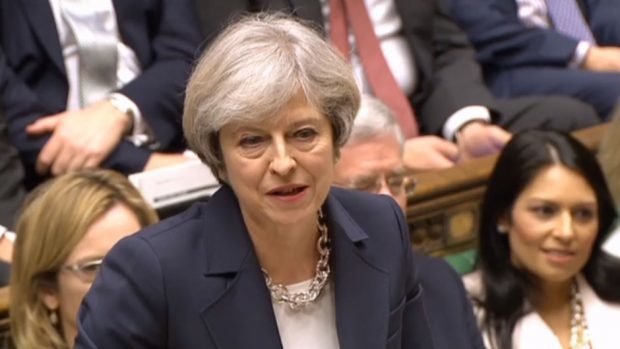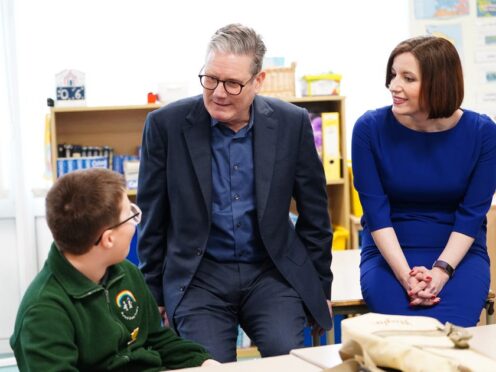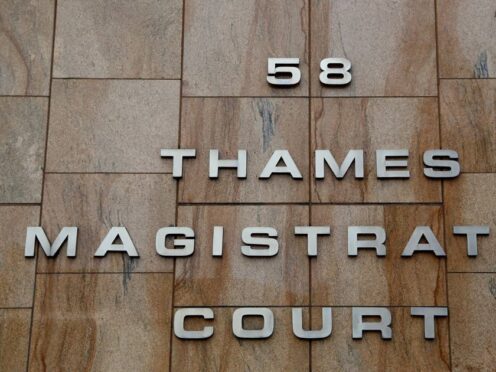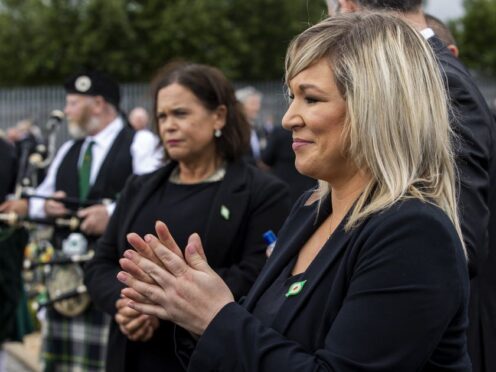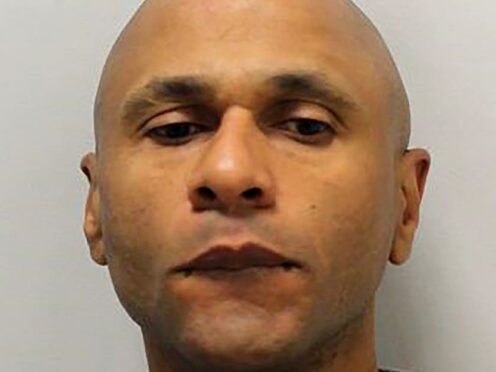Theresa May has insisted Scotland will leave the European Union whether it remains part of the UK or not.
The prime minister made the remark as she clashed with SNP Westminster Leader Angus Robertson in the Commons yesterday.
Wagging her finger from the Despatch Box, she also warned “constitutional game-playing” must not be allowed to break the “deep bonds of our shared history and our future together”.
At Prime Minister’s Questions, the Moray MP said Mrs May had promised to secure agreement on a UK-wide approach with the devolved administrations before formally triggering Brexit.
He asked: “When will the prime minister announce the details of the agreement?”
In an earlier interview, he said a deal could still be done to avert a second independence referendum.
The Tory leader provided no details, but said there would be an opportunity for “further discussions” in the time before she activates Article 50 by the end of this month.
Pressing her again, Mr Robertson added: “Do you not understand that if you do not secure an agreement before triggering Article 50–if you are not prepared to negotiate on behalf of the Scottish Government and secure membership of the single European market – people in Scotland will have a referendum, and we will have our say?”
Mrs May said her government was preparing to negotiate a deal on behalf of the whole of the UK.
She added: “As we go forward in negotiating that deal, I think you should remember this: Scotland will be leaving the European Union, either as a member of the United Kingdom or if it were independent.
“It is very clear from the Barroso document that it would not be a member of the EU.”
This sets out the legal view that if one part of an EU country becomes an independent state it would have to apply for EU membership.
Also speaking at PMQs, Aberdeen South MP Callum McCaig baited Mrs May by questioning the ability of the UK to go it alone.
“Do you really believe that the UK could afford to be an independent country?” he asked, pointing to the UK’s trade deficit, national debt and currency performance.
The prime minister said the UK was the world’s sixth largest economy and that the government had reduced the deficit by two thirds.
She also pointed to “record high” employment and unemployment that had not been lower since 1975.
